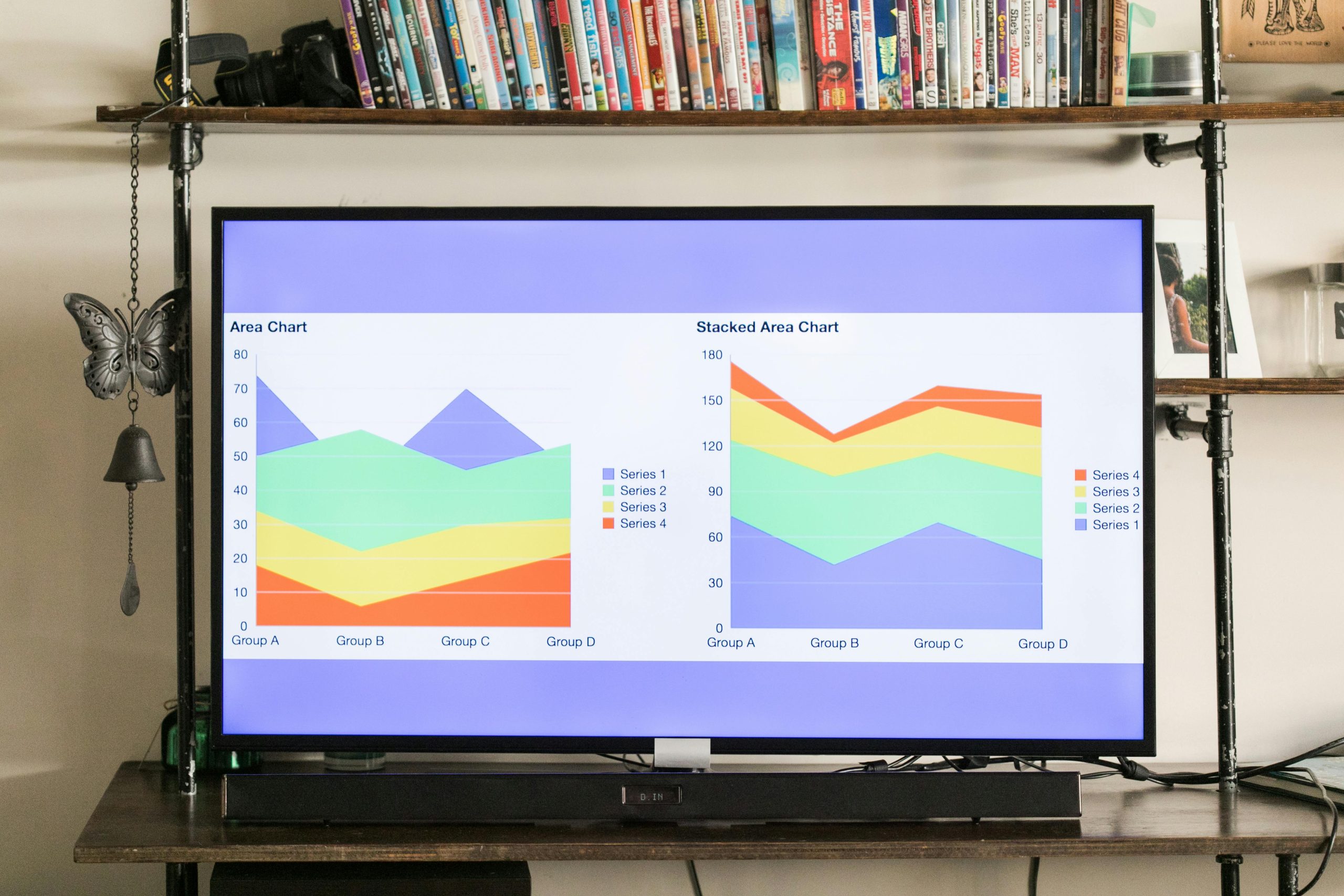Understanding the Spam Update Penalty: A Deep Dive
In the ever-evolving landscape of SEO, the recent spam update has sparked considerable discussion among website owners and Digital Marketers. Many are left wondering: what truly triggers this penalty?
One prevailing theory suggests that newer websites lacking authority and relying heavily on AI-generated content may be particularly vulnerable to being marked as spam. This raises an important question: Is this merely a trend we’ve observed, or are established, high-authority sites also facing similar consequences?
As we navigate through these changes, it’s crucial to gather insights from a diverse range of experiences. Are newer, low-authority sites disproportionately affected, or is there a broader impact that extends even to those with a strong online presence? Share your thoughts and experiences in the comments below—let’s explore this topic together!


2 responses to “Is a Single Cause Behind Spam Update Penalties?”
The issue of spam update penalties, particularly in the context of Google’s algorithm updates, is indeed a complex one that often leads to confusion among site owners, especially newer ones. To address your question regarding spam updates and the penalties associated with them, let’s break down the factors involved and provide some actionable insights.
Understanding Spam Update Penalties
Definition of Spam Updates: These updates are part of Google’s ongoing efforts to improve user experience by reducing the presence of low-quality, spammy content in search results. Websites that rely heavily on automated content generation, keyword stuffing, or any deceptive practices may get flagged during these updates.
New Sites and Authority Challenges: New websites often struggle with authority, mainly because they lack established backlinks, reputable traffic, and a history of producing quality content. When combined with a reliance on AI-generated content — which may not meet Google’s quality guidelines — these sites are more susceptible to spam penalties. Google aims to reward sites that demonstrate expertise, authoritativeness, and trustworthiness (E-A-T), and new sites often fall short in these areas.
Experiences of Existing Sites
As for the experiences of other site owners, it’s important to note that while many new sites seem particularly vulnerable, established sites are also not immune to penalties if they deviate from Google’s quality standards. High-authority sites can get penalized if they:
Practical Advice for Maintaining Compliance
Focus on Quality Content: Ensure that every piece of content is well-researched, original, and offers real value to your audience. Even if you use AI tools for content creation, it’s crucial to edit and enhance that content to align with your brand voice and expertise.
Build Authority Gradually: For new sites, focus on building backlinks from reputable sources within your niche, engaging with your audience through meaningful interactions, and establishing yourself as a credible authority.
Stay Updated on SEO Trends: Keep an eye on Google’s algorithm updates and the guidelines laid out by Google’s Search Central. Understanding what content types are currently favored by Google can help you adjust your strategies effectively.
Avoid Over-Reliance on Automation: AI can be a helpful tool, but it should not replace the human touch. Reviewing, fact-checking, and enhancing AI-generated content can help ensure it meets quality standards.
Utilize Analytics Tools: Regularly analyze your site’s performance using tools like Google Analytics and Search Console to identify areas where you can improve and understand how users are interacting with your content.
Engage with the Community: Building a community around your content and engaging with users can enhance your site’s authority and trustworthiness, which is vital for long-term success in SEO.
Conclusion
In conclusion, while new sites are indeed more vulnerable to spam update penalties due to their low authority and potential reliance on AI Content, established sites can also face significant risks if they stray from best practices. Focusing on quality, building authority over time, and staying informed about seo trends are key strategies for maintaining compliance and protecting your website from penalties. Engaging authentically with your audience will also foster trust and credibility, essential factors in achieving long-term success in the digital space.
This topic is incredibly relevant as we witness the shifting dynamics of SEO in response to algorithm updates. The theory that newer websites may face greater scrutiny is certainly valid, especially since many tend to rely on automated content generation to populate their pages quickly. However, I believe it’s also critical to highlight that established sites aren’t immune to these penalties, especially if they become complacent and fail to update their content regularly or ignore emerging best practices in content quality.
Moreover, the focus shouldn’t solely be on the use of AI-generated content but also on how well this content meets user intent and engagement metrics. Google’s algorithms have become increasingly sophisticated, prioritizing genuine, valuable content over keyword-stuffed or low-quality articles. Therefore, both new and established sites need to focus on creating authentic, engaging, and user-centered content to mitigate the risk of being flagged as spam.
I’m curious to hear from others—have any established sites you know of experienced penalties despite having high authority? It would be fascinating to explore specific cases where even reputable sites have faced challenges due to changes in search engine evaluation criteria.